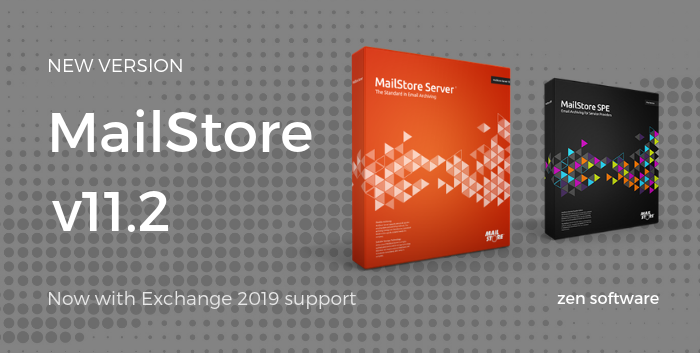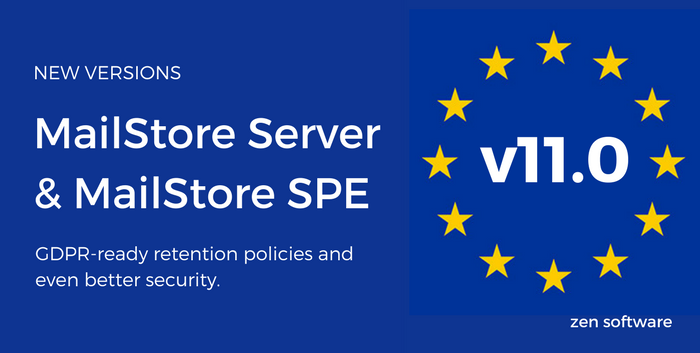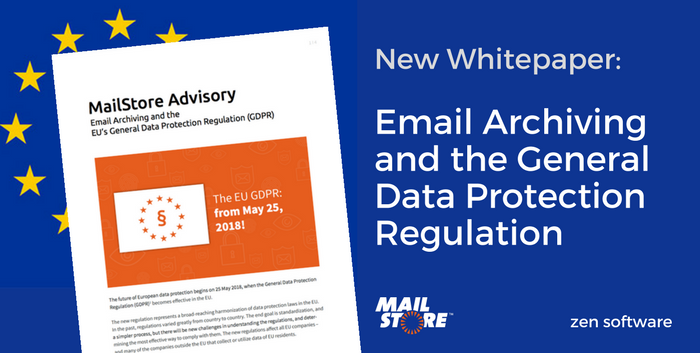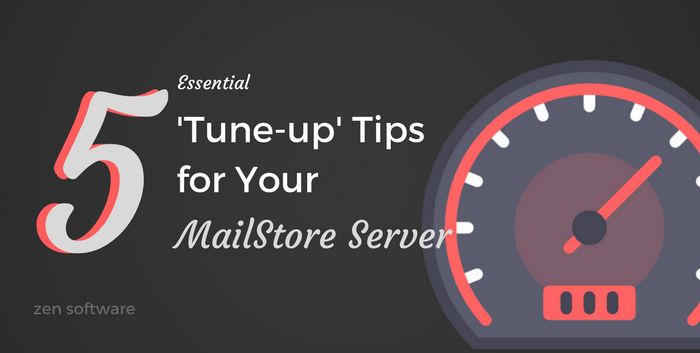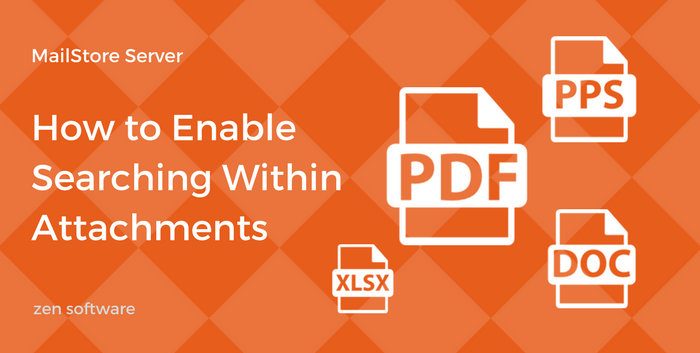22
Feb
6 Reasons to Archive Office 365 Email Using MailStore Server
Microsoft have invested tens of millions in their hosting centres, surely as an Office 365 user your data is safe right?
Think again.
An important point that's all too often overlooked by businesses moving to Office 365, is that the responsibility for your data does not lie with Microsoft.
They operate a shared responsibility policy, which means it's the uptime of the service they're concerned with.
There are no provisions for restoring your messages or mailboxes if they're somehow compromised, the backups they have are purely for disaster recovery.
In this post I'll look at this and other reasons you should be giving some thought to the 'what if?' question...
10:02 /
MailStore


